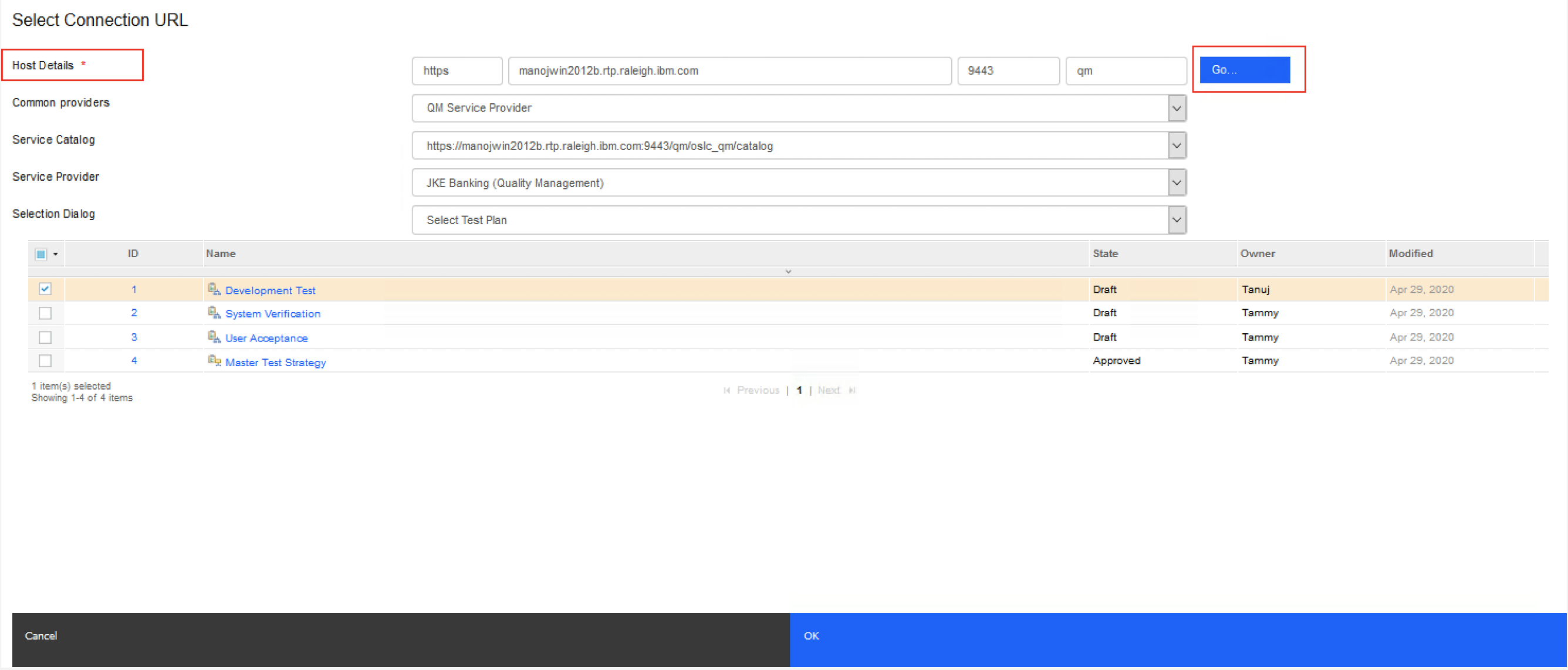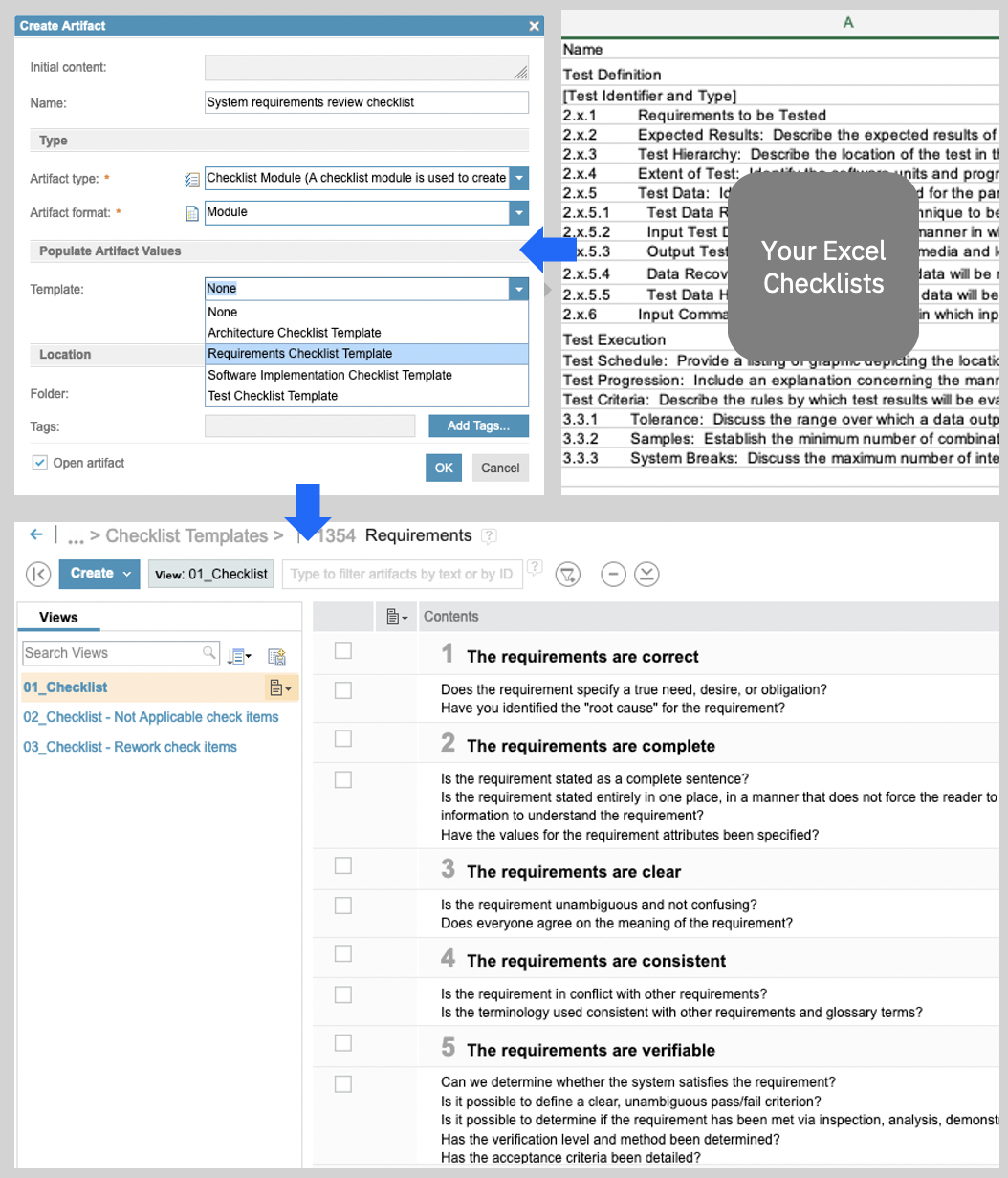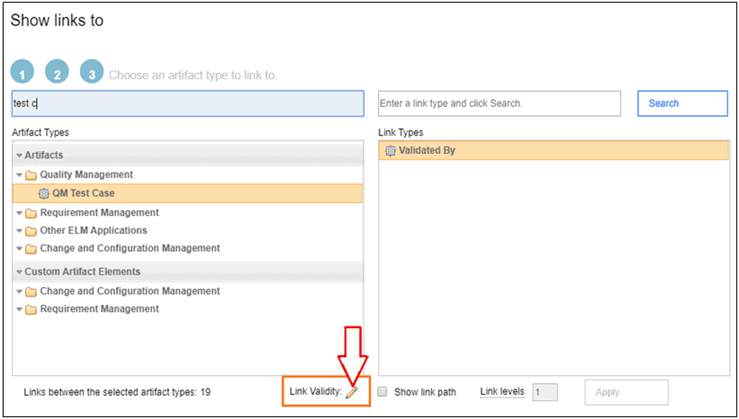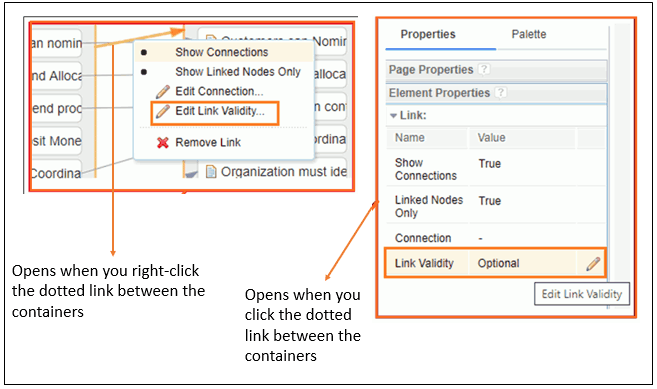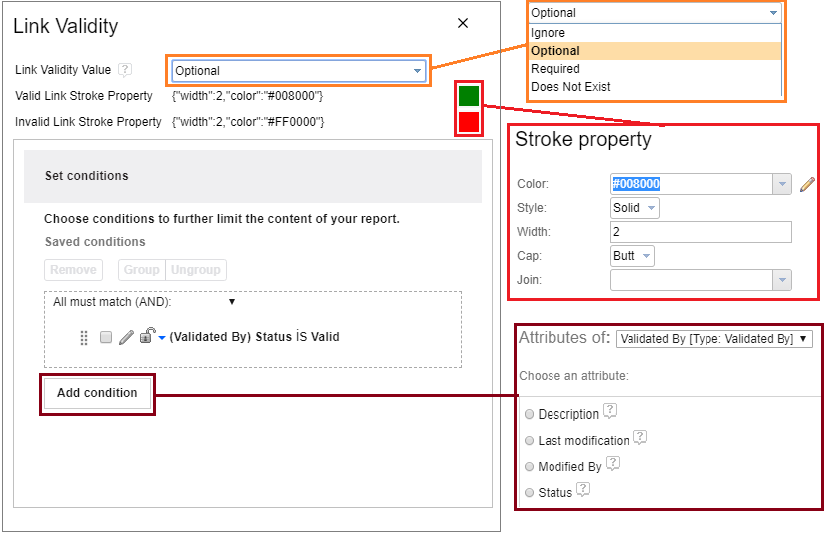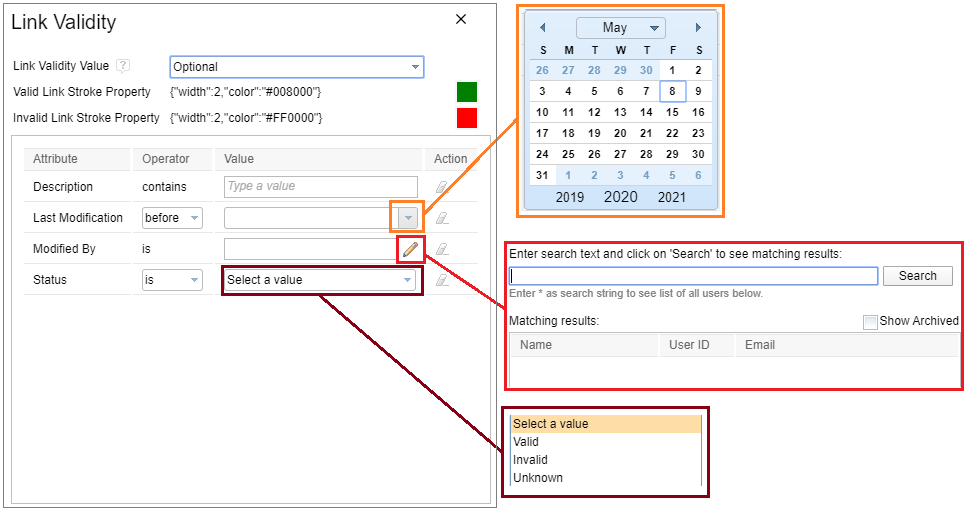by Graham Bleakley
The rising complexity of the products and systems being developed globally is driving engineering teams to seek effective model-based engineering practices, including model-based systems engineering (MBSE). Rising compliance demands such as ISO-26262/ASPICE in automotive and DO-178C and ARP4754 for aerospace and defense are driving the need for rigorous change management and lifecycle traceability. At the same time, engineering teams must maintain or improve their quality and engineering productivity. This approach for digital engineering is further endorsed by INCOSE’s 2025 Vision along with the US Department of Defense’s Digital Engineering Strategy, which places MBSE as an enabling technology for the best systems and software engineering practice.
To achieve these goals, the engineers who create these models must be full participants in the development lifecycle by partaking in activities that span engineering disciplines, such as:
- Planning
- Workflow and progress tracking
- Requirements elaboration and validation
- Change management
- Reporting
The enhancements in this release of Engineering Systems Design Rhapsody Model Manager (ESD RMM) 7.0.1 and ESD Rhapsody 9.0.1 extends and productizes some of the features of the previous release and allows practitioners to work efficiently at scale, with large models and large sets of requirements.
For those of you using Rhapsody Design Manager, make sure you see my comments at the end of this post.
Introducing ESD Rhapsody Model Manager V7.0.1
The biggest new feature of Rhapsody Model Manager in V7.0 was enabling Rhapsody Model Manager to be an extension to Engineering Workflow Manager(EWM) so that engineers can (optionally) configuration manage models in the same components as source code and other files. As a result of this change in architecture it was necessary to modify the behavior of the EWM Developer and the RMM System and Software Engineer licences so that they matched the license usage patterns that were available with Rhapsody Design Manager, this work is now complete in V7.0.1.
When you install RMM as an extension to an EWM server you have an option to either manage “models” or “models and code”. If the server is set to manage models only when using Rhapsody with RMM to create and check-in models to the EWM server the user only needs the RMM System and Software Engineer license for RMM. If the server is set up to manage models and code, then the user requires an RMM System and Software Engineer license and an EWM Developer license. If the user wishes to create links between model artifacts and requirements in DOORS or DOORS Next or other artifacts such as tests or work items using the RMM web client, then they only need an RMM or Contributor license. If a developer is creating code and delivering it through the EWM Eclipse client, then they need only the EWM Developer license. This behavior matches the license usage patterns that were available with Rhapsody Design Manager- with the added benefit that now the Jazz work item system can be on the model server.
The other major change in Rhapsody Model Manager V7.0.1 is further improvements in the Rhapsody direct integration with EWM. You can now see the configuration management state of a set of artifacts propagated down the model hierarchy. This makes it possible to do Configuration Management operations on an element and its descendants. Another improvement to the EWM direct integration is the ability to accept incoming change sets directly from the Rhapsody browser when being used as part of RMM (see Figure 1). To enable this, changes have been made to the Rhapsody Diff-Merge tool to ignore changes to the metadata in the model files; this prevents users from being overwhelmed with unnecessary information. However, to make this effective you must save and republish your models in the V7.0.1 format.

Figure 1. Accept Incoming Change Sets
There have also been some under-the-hood modifications and improvements in RMM for efficiency and robustness when working with larger models.
Introducing Rhapsody 9.0.1
Considering this was short release cycle, there has been a lot of work going on in the Rhapsody product team. We have been looking at various options for modernising the Rhapsody GUI now that we completed the work on porting Rhapsody Visual Studio 2017. We look forward to sharing news related to the outcomes of this exploration at future IBM ELM events.
We have made further improvements in the HTML document generation. This includes simplified reporting for user defined terminology, so it can now work with user defined profiles and show the “New Elements” in the browser and model. We have also added support for navigable table and matrix views in the document gneration (See Figure 2).
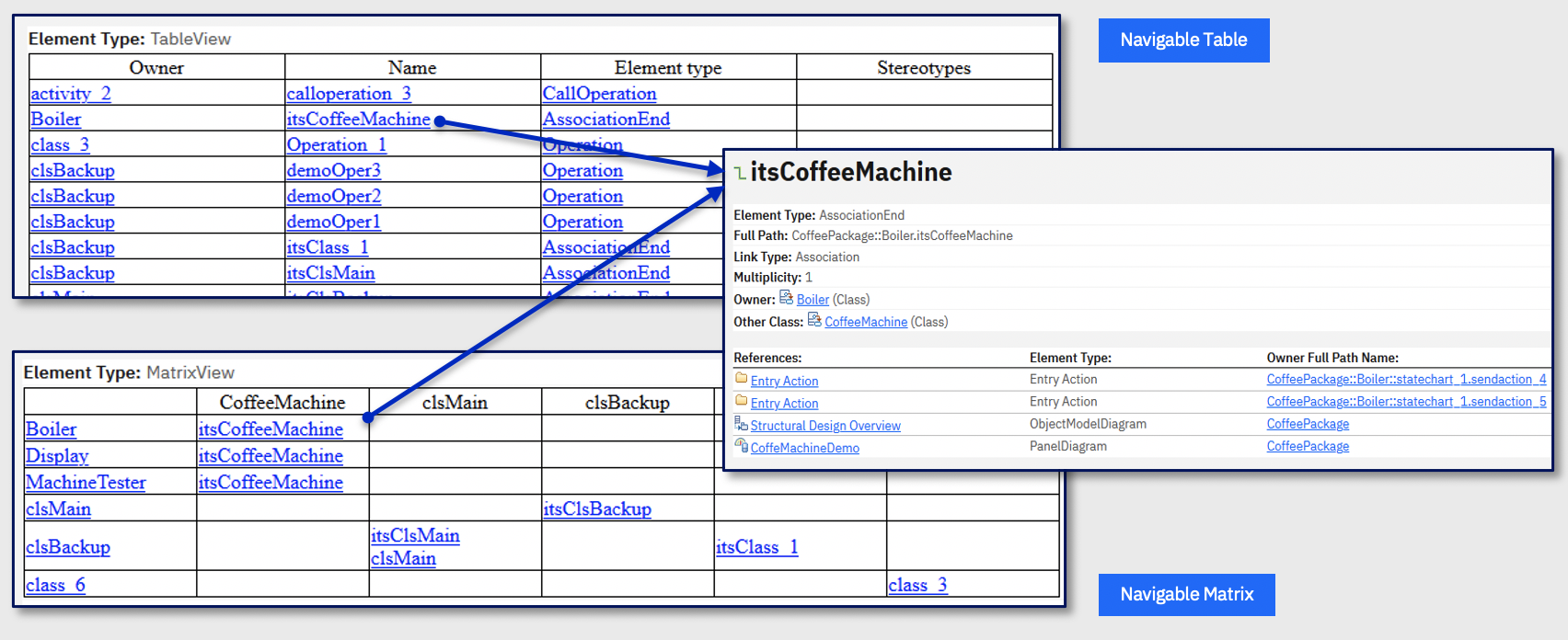
Figure 2. Navigable Table and Matrix views in HTML report generation
Another enhancement in this release is to the populate diagrams feature, this used to only be applicable to an element that was selected from the internal browser in the populate diagram feature box. Now it is possible to select an element on a diagram, open up the “Populate Diagram” application and by selecting “Relations from/to selected” see all the related elements. This becomes very powerful when applied successively to different parts of the model as you can start to discover relationships that you may not have been aware of (see Figure 3 below).

Figure 3. Enhanced Populate Diagrams showing the progression of application on a simple model.
There are improvements to diagram navigation so that you can set the default navigation from a block in a Block Definition Diagram to the Internal Block Diagram it owns, enabling you to drill down through a model hierarchy. It also now possible to shrink the size of a class/block, object/part so that it fits the length of the text used to capture the elements name.
Finally some of the smaller enhancements that have been completed in Rhapsody in this release include;-
- Updated support for AUTOSAR and Adaptive AUTOSAR concepts, workflows and tables
- Additional properties to control
- Custom naming patterns for links and connectors
- Integration of properties descriptions in feature dialogs
- Control the format of compartments
- Open Rhapsody in Read Only mode.
- Increase the total number of supported plugins and helpers to 500 and 1000 respectively
- Adaptor for MinGW Compiler (MinGW-w64 v.6.3 and 8.1.0 ) 64 and 32 bit versions
- This also supports Simulink cosimulation but the MInGW version must match the installed MatLab version
Rhapsody Design Manager: Time to migrate to Rhapsody Model Manager
As many of you are aware, Rhapsody Model Manager was developed to replace Rhapsody Design Manager and that day is now close to hand. The last version of Rhapsody Design Manager is V6.0.6.1. This final version of Design Manager will work with Rhapsody 8.3.1 and with ELM 7.0.0 and 7.0.1 (see Optional Programs Section). Customers with entitlement to Design Manager will also have entitlement to Rhapsody Model Manager going forward.
As an update to my last what’s new blog post: support for Design Manager is planned to end in September 2021. Between now and the end of support only Severity 1 and migration issues will be responded to by IBM Support. Any RFEs raised will be triaged and if applicable moved to RMM.
If you haven’t started already, it’s time to start planning and migrating from Rhapsody Design Manager to Rhapsody Model Manager. Please contact your account manager and/or technical sales representative to discuss how this process can be managed.
Any teams that are starting new modeling projects should use Rhapsody Model Manager. We’ve received a lot of good feedback on the stability, enterprise scale, and tight integration of Rhapsody Model Manager in the ELM solution. I hope you will soon experience the benefits yourself.
Graham Bleakley
ELM Offering Management



